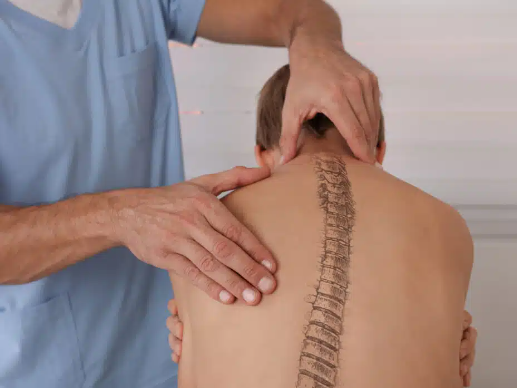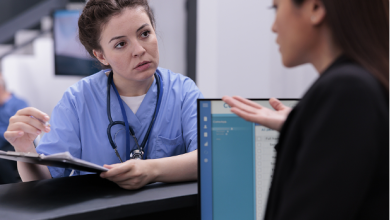Understanding Scoliosis: Causes, Symptoms, and Treatment Options

The health of people in Brisbane is generally robust, thanks to the city’s access to quality healthcare facilities and a strong emphasis on wellness. With numerous parks, recreational areas, and fitness centres, places like South Bank Parklands and the City Botanic Gardens encourage an active and healthy lifestyle. Additionally, residents in Brisbane have access to specialised medical services, including scoliosis treatment, provided by skilled healthcare professionals.
Scoliosis is a condition that affects millions worldwide, significantly impacting their quality of life and overall well-being. So, this post delves into the intricacies of this condition, exploring its causes, symptoms, and available treatment options. Understanding this condition is crucial for those affected by it and their loved ones so they can seek the assistance of a scoliosis specialist in Brisbane.
What Is Scoliosis?
It is a medical condition characterised by an abnormal curvature of the spine. Instead of a straight vertical alignment, the spine may curve sideways, resembling the shape of an “S” or “C.” This curvature can vary in severity and typically occurs during a growth spurt right before one’s puberty. While most cases of this condition are mild, some can be progressive and lead to more pronounced spinal deformities.
Causes of the Condition
The exact cause of this condition, in numerous/most cases, remains unknown. However, there are various types of this condition, each with its unique causes:
- Idiopathic Scoliosis
This is the most common form, and its cause is not clearly understood. It usually develops during adolescence and affects more females than males.
- Congenital Scoliosis
This condition is present at birth and results from abnormalities in the spine’s development while in the womb. It occurs due to a failure of the vertebrae to form correctly.
- Neuromuscular Scoliosis
This type is associated with conditions like cerebral palsy, muscular dystrophy, or spinal cord abnormalities. It develops as a result of muscle weakness or imbalance.
Recognising Symptoms
Identifying this condition in its early stages is essential for effective management. Common signs and symptoms include:
Uneven Shoulders: One shoulder blade protrudes more compared to the other.
Asymmetrical Waistline: The waistline may appear uneven when viewed from the back.
Leaning to One Side: When standing, there may be a noticeable leaning or tilt to one side.
Uneven Hips: One hip may appear higher or more prominent than the other.
Diagnosis and Evaluation
If you suspect scoliosis or notice any of the above signs, consult a medical professional for a thorough evaluation. Diagnosis usually involves a physical examination and may include X-rays or other imaging studies to assess the degree and nature of the spinal curvature.
Treatment Options
The treatment approach for this condition depends on several factors, including the individual’s age, severity, and underlying cause. Here are some common treatment options:
- Observation
Regular monitoring may be recommended in cases of mild scoliosis, especially in adolescents who are still growing. This enables healthcare providers to track the progression of the curvature and determine if any intervention is necessary.
- Bracing
Bracing is often prescribed for moderate scoliosis to prevent further curvature progression. While bracing cannot correct the curvature, it can help stabilise and prevent it from worsening.
- Physical Therapy
Physical therapy and exercises may be prescribed to improve muscle strength and flexibility, which can help support the spine and reduce discomfort.
- Surgery
Surgery may be recommended in severe cases of scoliosis or if other treatments prove ineffective. Surgery aims to correct the spinal curvature and prevent further progression. A scoliosis specialist in Brisbane can perform these complex procedures with expertise.
Read Also: Shop an entire new set of Bathroom Taps
Living With the Condition
Living with scoliosis requires ongoing management and support. Maintaining regular follow-up appointments with healthcare providers to monitor the condition’s progress is essential. Support groups and counselling can also be valuable for individuals and their families in coping with the emotional and physical challenges associated with this condition.
In conclusion, understanding scoliosis is the first step towards effective management. Whether it’s through observation, bracing, physical therapy, or surgery, various treatment options are available to address this condition. So, if you or a loved one is affected by scoliosis, consult a medical professional for a comprehensive evaluation and guidance on the most suitable treatment plan. This condition may present challenges, but with the right care and support, individuals can lead fulfilling lives, managing their condition effectively.





